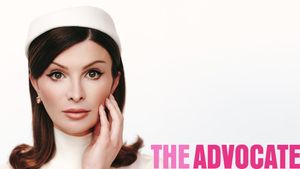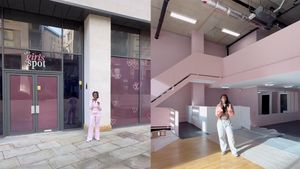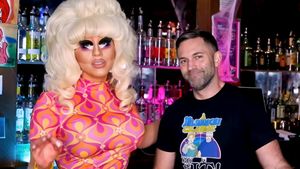John Berendt turned the world on to Savannah when he published
Midnight in the Garden of Good and Evil in 1994. The book, which reveled in the mysterious and scandalous details of two gay lovers’ murderous quarrel, broke the
New York Times record for the most consecutive weeks on the nonfiction best seller list, causing Savannah tourism to explode. According to the Times, “
Midnight in the Garden of Good and Evil might be the first true-crime book that makes the reader want to call a travel agent and book a bed and breakfast for an extended weekend at the scene of the crime.” Now, with
The City of Falling Angels also holding strong on the best seller list, Berendt is doing for Venice what he did for Savannah. The city of Casanova is far better known than Georgia’s sleepy, sultry city but count on this inquisitive author to unearth secrets unknown to even those who make falling into the Grand Canal during Carnival an annual ritual.
In both of your books, location is a character. But does location determine character?
It shapes lives. When you have a powerful setting, it’s a contributing factor to the story, especially when the locale is a self-contained environment, isolated physically and emotionally. Savannah was like that; Venice was like that. They’re both steeped in ritual and history.
People say that Venice is too overcrowded, too expensive, that it smells. Why should people go?
The smell is overrated. I was there for months at a time and there was no smell. It is expensive. When the euro came in, prices doubled. I’d say don’t go unless you enjoy marvelous and exciting places; everywhere you look, it’s spectacular. Venice is a joy to go to, and they cater to tourists in terms of the facilities.
Is it possible to avoid the crowds?
There’s almost no low season, just the period between New Year’s and Carnival. The routes between the Academy, the Rialto, and St. Mark’s are main thoroughfares and you will hit crowds. But walk a little bit away from there, 50 yards, just wander, and you’ll find a different city. Walk 100 yards and there will be even less tourists. Ask people, though you often get wrong instructions. “Keep going straight,” they say. But you can’t follow the Grand Canal straight—you’ll just go in circles.
Can you come to Venice, make it your home, and be accepted?
Of course you can; there are lots of expats. Accepted by whom? There are gradations. I didn’t give a damn about acceptance. I wanted entrée, to observe. As long as I got the story right, that’s all that matters.
What do you know about gay life in Venice?
It was known to be a gay mecca in summer in the ’50s. Cole Porter was there, foreigners would take palaces, invite local youths, gondoliers. There is a story about a homophobic police chief who raided one of these parties and found his son there. In the book there’s a gay poet who commits suicide.
The complete article, which includes Berendt’s favorite Venetian hideaways, appears in the January/February 2006 issue of
The Out Traveler.


























































































Exclusive: Lady Bunny releases new 'Hot To Blow' video